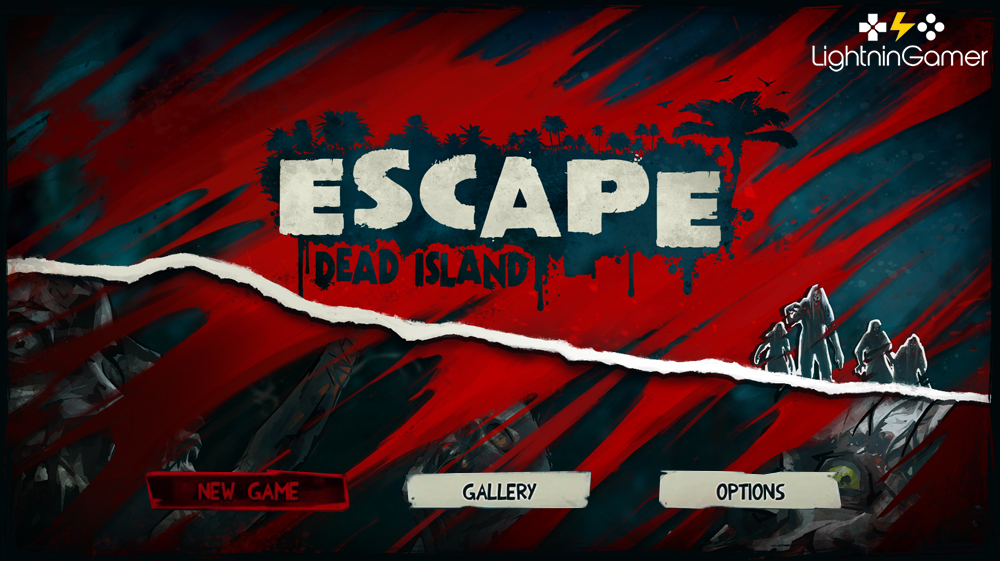
There are no wacky weapons, and no deep, involving upgrades. Enemies are too dumb to be particularly threatening alone - which essentially eliminates the stomach-churning dread you should experience when encountering an enemy in a horror game - and the two-button, melee-centric combat is pretty no-frills: mash attack, dodge when necessary. Perhaps due to a lack of commitment to either style of play, both the survival and combat elements are just, well. By the end, however, Cliff’s shotgunning his way through an endless army of various undead abominations. At the outset of the campaign, Escape does a decent impression of a survival-horror game: Zombies can kill Cliff much faster than Cliff can kill zombies he’s armed with only two makeshift weapons and environmental objects like FM radios can be used as distractions to avoid combat. Those good old zombie disposal mechanics don’t go quite far enough either. So while the insanity angle as a whole is a huge plus, it doesn’t have the support of interesting game mechanics behind it. He does eventually go entirely off the rails - and the ensuing insanity pretty much singlehandedly validates Escape’s existence - but even once the environments start to become twisted manifestations of Cliff’s guilt and insecurities, he’s still basically just fighting the same old zombies. Play Unfortunately, Cliff spirals downwards a little too slowly, with only brief flashes of instability once every few hours in the early portions of the campaign. Those mess-with-your-head moments (which I’ll try not to ruin here) were easily the most addictive aspect of the whole experience. Remember those shipping containers raining from the sky in the trailer? Yeah, that. Like Spec Ops, Escape loves to toy with our perception of what we’re actually seeing and playing, occasionally injecting opaque dialogue and surreal moments that fundamentally challenge our notions of “reality” in a gaming context.

Plus, the entire ordeal is wrapped in something far more intriguing: Cliff’s apparent march towards insanity. There’s enough playful banter early on to make the characters feel human, for example, and important revelations are spaced just far enough apart to keep the underlying mystery enticing.

In place of Dead Island’s first-person perspective, sandbox map structure, four-player co-op, and multi-protagonist storyline, Escape opts for third-person single-player action as it guides us through the linear though intricately layered mental collapse of its lead character, spoiled rich-kid and chronic underachiever Cliff Calo.or does it? On the surface, the story is an eye roll-inducing checklist of routine survival-horror cliches – a shipwrecked group of kids, a zombie-virus-infected love interest, a vaguely evil corporation, etc – but to Escape’s credit, they’re at least well-executed cliches.

In some respects, Escape actually feels more like a tropical, zombie-infused version of 2012’s Spec Ops: The Line than its namesake.


 0 kommentar(er)
0 kommentar(er)
